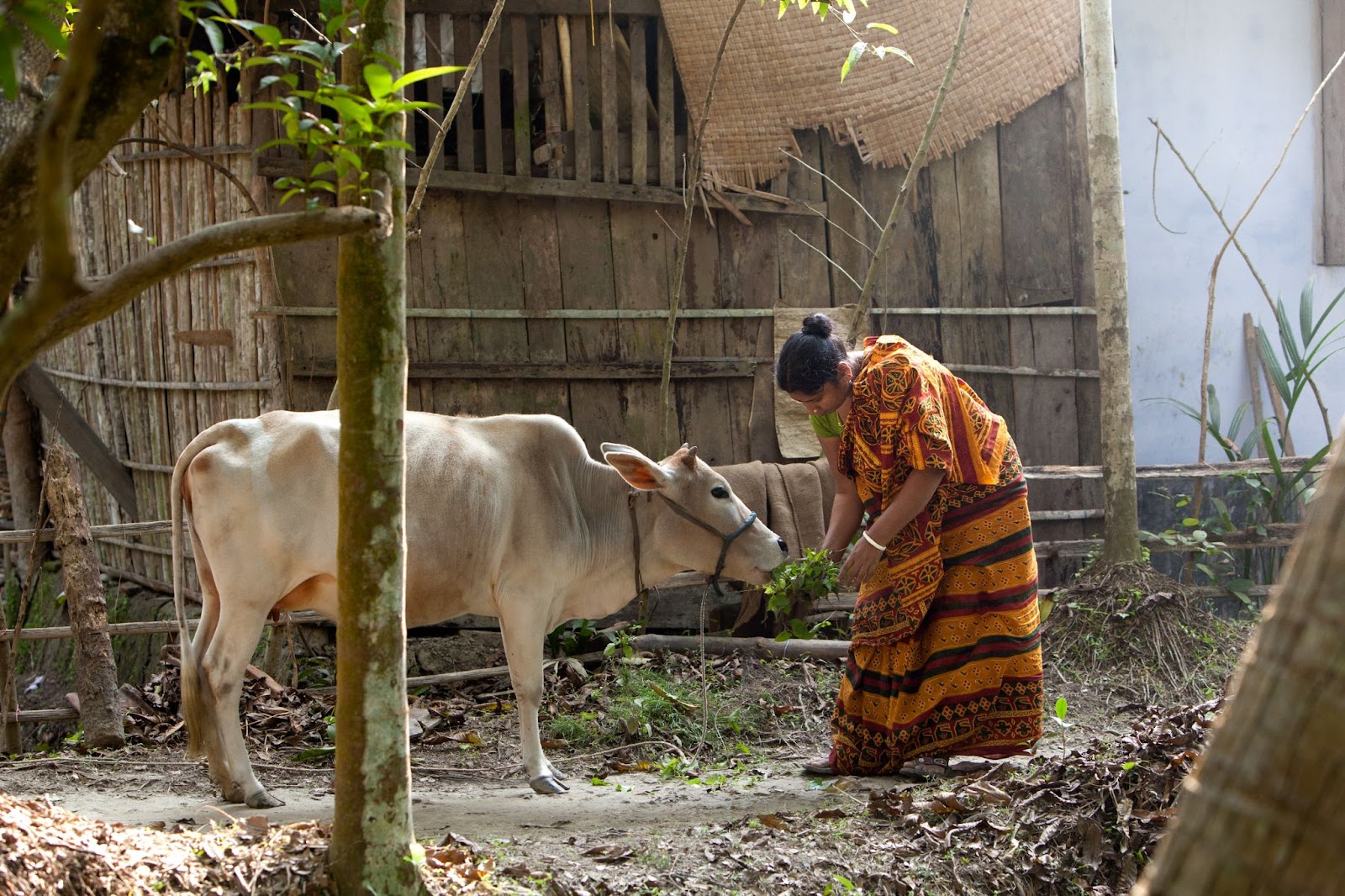The livestock sector of Bangladesh makes an important contribution to the country's agriculture. It contributes around 2.5 percent of the country's GDP. Livestock animals are raised for economic purposes on a farm. It refers to domesticated animals which are kept on farms to produce labor. Livestock deals with the country's wealth because it restores the trade balance and sources of crop production. The average yearly growth rate for animal products is estimated to be 5.4 percent, with different development rates for different livestock goods. On the other side, the agriculture industry grew at a pace of less than 2%.
The majority of livestock and poultry products are sold directly to local traders by farmers. The products then travel to the major consumption centers via a succession of intermediaries. Though it is critical to devise proper policies to remove the impediments, allowing the sub-sector to reach its full potential and fulfill the future demand of the country's rising population. Bangladesh faces challenges on several fronts for continued sustainable growth of the livestock industry, including a lack of capital, insufficient input availability, insufficient facilities of credit, guaranteed and access to markets for output, quality control and certification of livestock products, value-added at various stages of livestock product marketing, and disease control.
The cattle supply chain has been interrupted because of the countrywide lockdown, as meat processing partners are not operating at full capacity and transportation is difficult. As a result, iFarmer responded to the circumstances and, in collaboration with the Department of Livestock in Kurigram (one of Bangladesh's northernmost districts), began processing and selling meat produced by local farmers directly to local customers. As a result, from now on, cattle producers will have a source of revenue during a time when living is becoming more difficult than ever.
There is high demand for cows, goats, and buffaloes in local markets, when wholesalers from all over the country visit Sylhet's haor areas to purchase cattle. Cattle farms are dependent on the natural grass at haors and the land in haor areas is only suitable for growing paddy cows, goats, buffaloes that makes the cost of raising cattle in these areas comparatively less. Farmers have started cattle farming on their own initiative.
A handful of public and private business entities have brought digital cattle markets (Kurbanir haat) to help the mass people in carrying out their religious duties overcoming the COVID-19 threat. Maintaining public health standards, this digital platform can deliver sacrificial animals. The slaughtering fee is 23% of the cattle price. Digital Hat receives payment through bank accounts, mobile banking, card payment, etc.
In the production and sale of cattle products, the private sector plays a critical role. However, there is no contact between the public and private sectors. Recently the government plans to form 5500 farmer groups for boosting the country’s livestock sector by investing in the farmers which will help livestock farmers to become more productive. The groups will be formed across 61 districts. The government should also support private investment in the livestock sector, but legislative and regulatory frameworks are required to ensure the quality of day-old chicks, medications, vaccines, feeds, and breeding materials for the sector's long-term development. By enhancing funds, the government needs to expand its approach to planning.

01302536026
01784167973
.jpg)